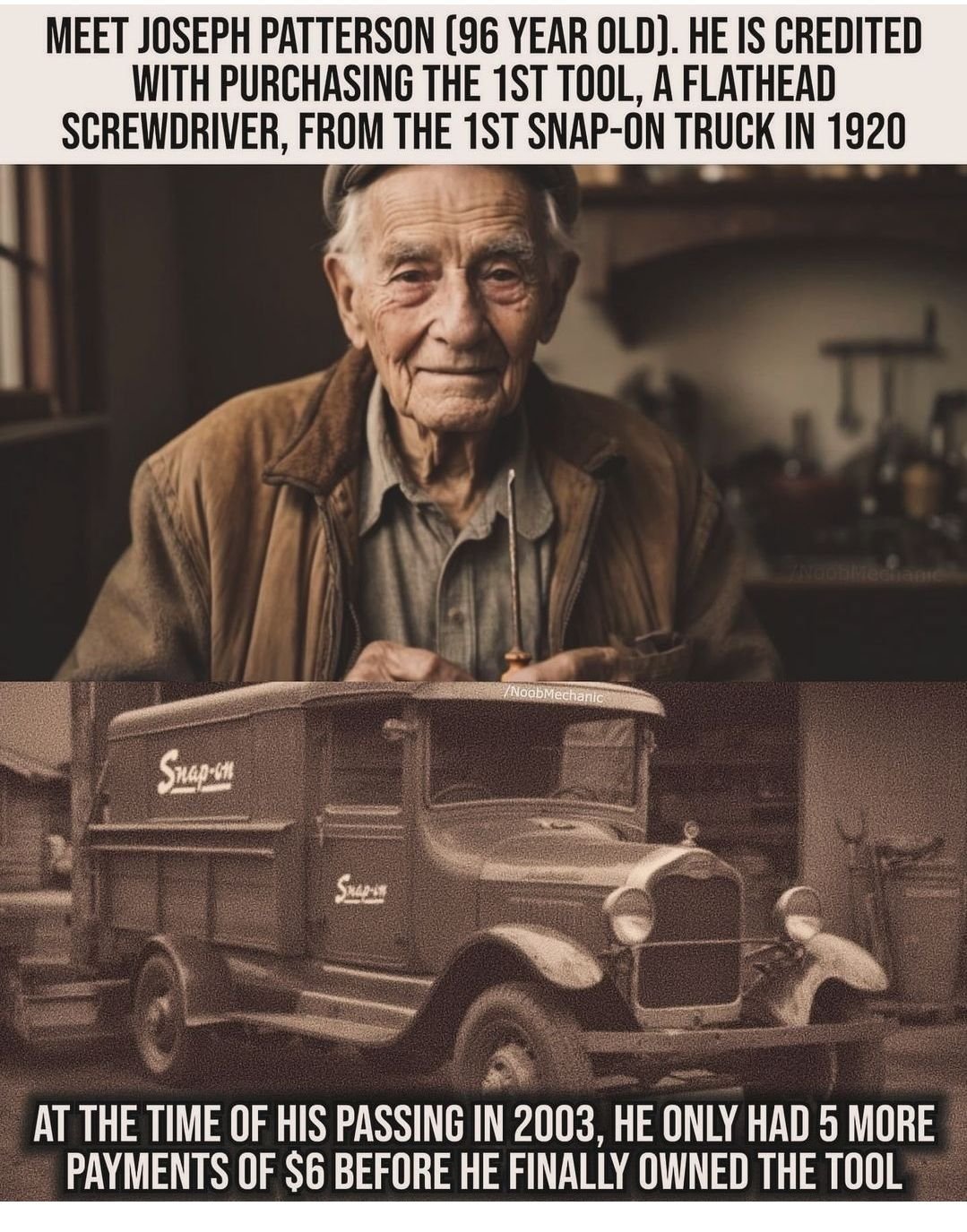Why do metric sockets...
#4
There was a time when absolutely nothing was standardized on tools, and no manufacturer's tools would work with anyone else's. It took WW2 military tool specifications and standards to change that.
Be glad everyone sticks to the 1/4, 3/8, 1/2, 3/4, 1 inch drive sizes now, along with standardized SAE and metric wrench and socket broaches.
Be glad everyone sticks to the 1/4, 3/8, 1/2, 3/4, 1 inch drive sizes now, along with standardized SAE and metric wrench and socket broaches.
#5
There was a time when absolutely nothing was standardized on tools, and no manufacturer's tools would work with anyone else's. It took WW2 military tool specifications and standards to change that.
Be glad everyone sticks to the 1/4, 3/8, 1/2, 3/4, 1 inch drive sizes now, along with standardized SAE and metric wrench and socket broaches.
Be glad everyone sticks to the 1/4, 3/8, 1/2, 3/4, 1 inch drive sizes now, along with standardized SAE and metric wrench and socket broaches.
#7
Because most ratchet sets in the U.S. that everyone already has are standard sizes. When you need a metric-sizes socket, it's because you want to work with a metric-sized bolt or nut. It doesn't matter what size the fitting is that holds the socket on the wrench. It could be Martian for all that it matters.
#12
Blackhawk, Walden-Worcester and Mossberg beat them by several years. In fact, Snap-on's founders worked for Blackhawk before striking out on their own in 1920.
To their credit they WERE among the first to produce forged broached sockets. Prior to that sockets were made of pressed steel which could split or deform under hard use and injure the user.
Snap-on was one of those companies who used "proprietary" oddball size drives. 9/32, 5/8, 7/8. Made sure you had to continue buying their products when you wanted to expand your tool set. See, their marketing has always been shady.
Last edited by rocketraider; June 23rd, 2024 at 10:17 AM.
#13
Thread
Thread Starter
Forum
Replies
Last Post











